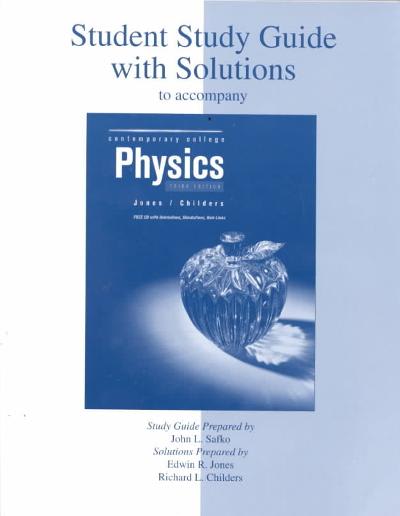Question
Lab Report Components Practice Questions Data table Percent Error and calculations Statement on the accuracy of the experiment Concluding questions A. Parallel Plate Capacitor 1.
Lab Report Components
Practice Questions
Data table
Percent Error and calculations
Statement on the accuracy of the experiment
Concluding questions
A. Parallel Plate Capacitor
1. Open the following link to access the simulation. https://phet.colorado.edu/sims/html/capacitor-labbasics/latest/capacitor-lab-basics_en.html
2. Select the Capacitance tab.
3. Check all unchecked boxes.
4. Set the gap (separation) to 2.0mm.
5. Set the Plate area to 1002 . 3
6. Set the battery to 1.5V.
7. Make a table that has gap, area, theoretical value for the capacitance, the experimental value for the capacitance, the % difference between the theoretical and experimental capacitances. This table should have 4 rows.
8. Using the gap and the area calculate the theoretical value for the capacitance. Show work. Record the experimental value of the capacitance as well.
9. Determine the percent difference using equation 4. Show work and record that value.
10. Repeat the above three more times with different values of your choice for both the gap and area.
B. Charge on a plate
1. Using the same four values of both gap and area (in part A), calculate the charges on the plate.
2. Record them in a table that has gap, area, percent difference, theoretical and experimental value for charge.
C. Energy Stored in the Capacitor
1. Using the same four values of both gap and area (in part A), calculate the theoretical energy stored in a capacitor.
2. Record them in a table that has gap, area, percent difference, theoretical and experimental value for energy stored in the capacitor.
D. Discharging the capacitor
1. Switch to the Light bulb tab.
2. Set the battery to 1.5V, this charges the plates.
3. Flip the switch to the bulb.
4. Try this again, yet set the battery to negative 1.5V.
5. Answer questions 3 and 4 in the conclusions. x
Conclusion
1. Were equations 1, 2 and 3 verified in this experiment? Why?
2. What sources of error would occur in this experiment if it were not virtual? 4
3. When the capacitor discharges using a positive 1.5V, which direction does the current flow? Why does it do that?
4. When the capacitor discharges using a negative 1.5V? Why does it do that?
Step by Step Solution
There are 3 Steps involved in it
Step: 1

Get Instant Access to Expert-Tailored Solutions
See step-by-step solutions with expert insights and AI powered tools for academic success
Step: 2

Step: 3

Ace Your Homework with AI
Get the answers you need in no time with our AI-driven, step-by-step assistance
Get Started


